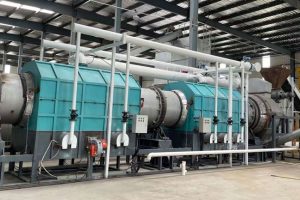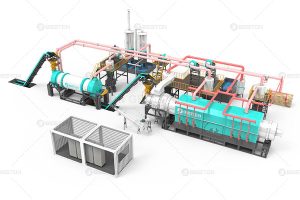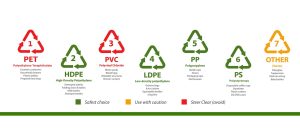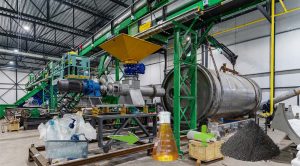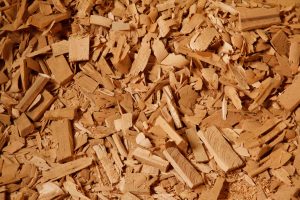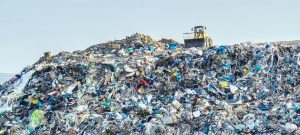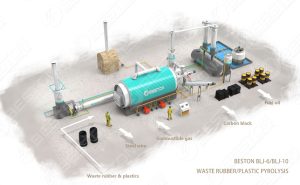In the world of sustainable business, the journey from wood to charcoal offers a unique and lucrative opportunity. Charcoal production is not only a traditional practice but has gained momentum as an eco-friendly alternative to conventional fuel sources. This comprehensive guide aims to explore the nuances of starting a business that transforms wood into charcoal, delving into the market dynamics, production processes, environmental impact, and potential for profitability. The wood charcoal making machine would give an excellent experience.
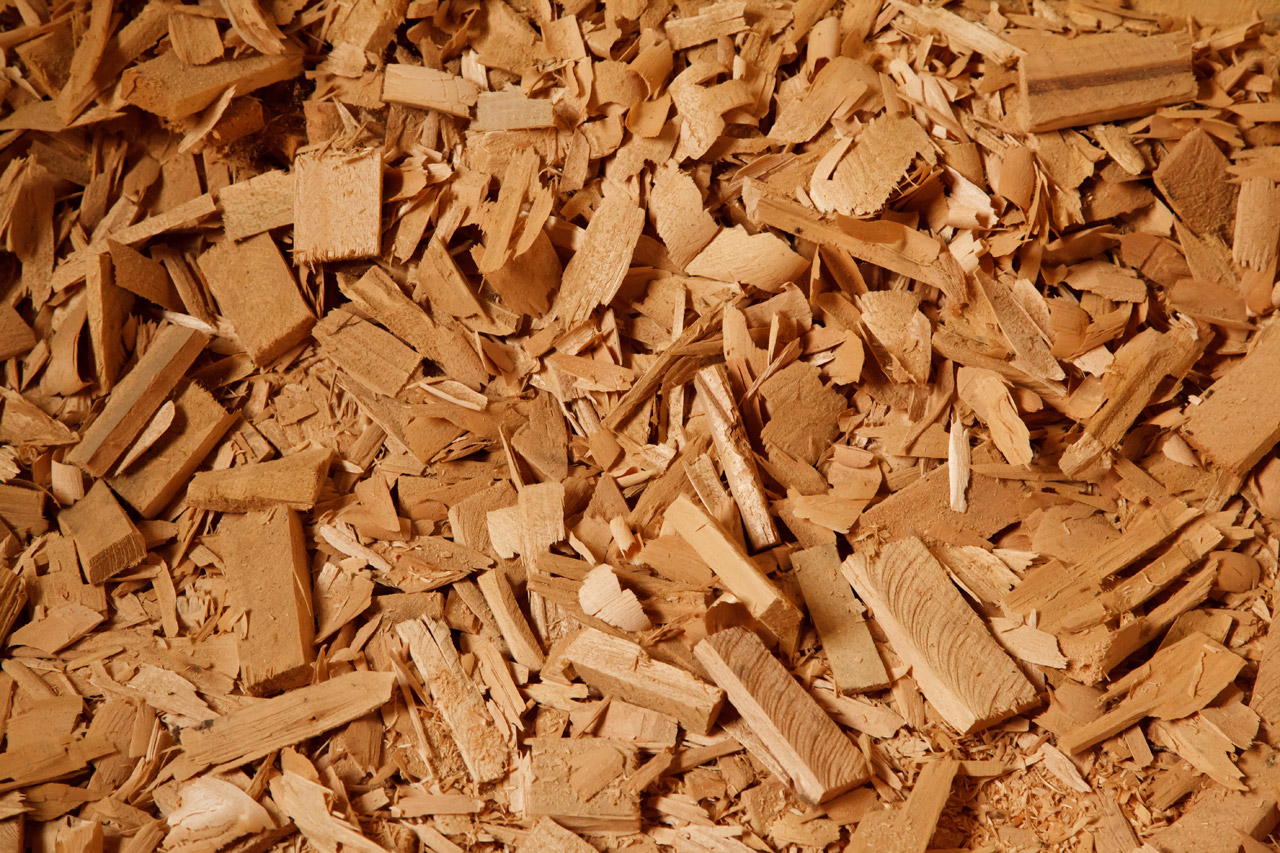
Understanding the Charcoal Market
1.1 Market Trends and Demand
To embark on a wood to charcoal business venture, it’s crucial to understand the market landscape. Charcoal has experienced a resurgence in popularity due to its eco-friendly characteristics and versatility. The demand for charcoal spans various industries, including grilling and barbecue, industrial applications, and even as an ingredient in cosmetics and pharmaceuticals.
1.2 Environmental Considerations
Consumers are increasingly turning towards sustainable and renewable alternatives. Wood to charcoal conversion aligns with these preferences, as it not only reduces dependence on non-renewable resources but also contributes to waste reduction by utilizing wood by-products.
1.3 Regulatory Landscape
Before diving into the business by sawdust charcoal machine, it’s essential to be well-versed with local and international regulations governing the production and distribution of charcoal. Compliance with environmental standards and sustainable practices is crucial for long-term success.
Types of Charcoal and Their Applications
2.1 Lump Charcoal vs. Briquettes
Understanding the different types of charcoal is key to tailoring your production process to meet specific market demands. Lump charcoal, prized for its purity and natural flavor, is often preferred by barbecue enthusiasts. On the other hand, briquettes offer uniformity and a longer burn time, making them suitable for industrial applications.
2.2 Specialty Charcoals
Exploring niche markets by producing specialty charcoals, such as hardwood or fruitwood varieties, can set your business apart. These high-quality charcoals are sought after by chefs, artisans, and health-conscious consumers, presenting an opportunity for premium pricing.
Setting Up the Production Facility
3.1 Location and Access to Raw Materials
Choosing the right location for your production facility is a critical decision. Proximity to sustainable wood sources ensures a steady and cost-effective supply chain. Considerations such as transportation infrastructure and environmental impact should also be factored in.
3.2 Production Equipment and Technology
Investing in efficient production equipment is paramount. From wood chippers and kilns to advanced pyrolysis technology, the right machinery can streamline the conversion process, improving both productivity and charcoal quality.
3.3 Environmental Sustainability
Implementing sustainable practices in your production process is not just a moral obligation but also a marketing advantage. Consider adopting carbon-neutral initiatives, waste recycling programs, and responsible forestry practices to appeal to environmentally conscious consumers.
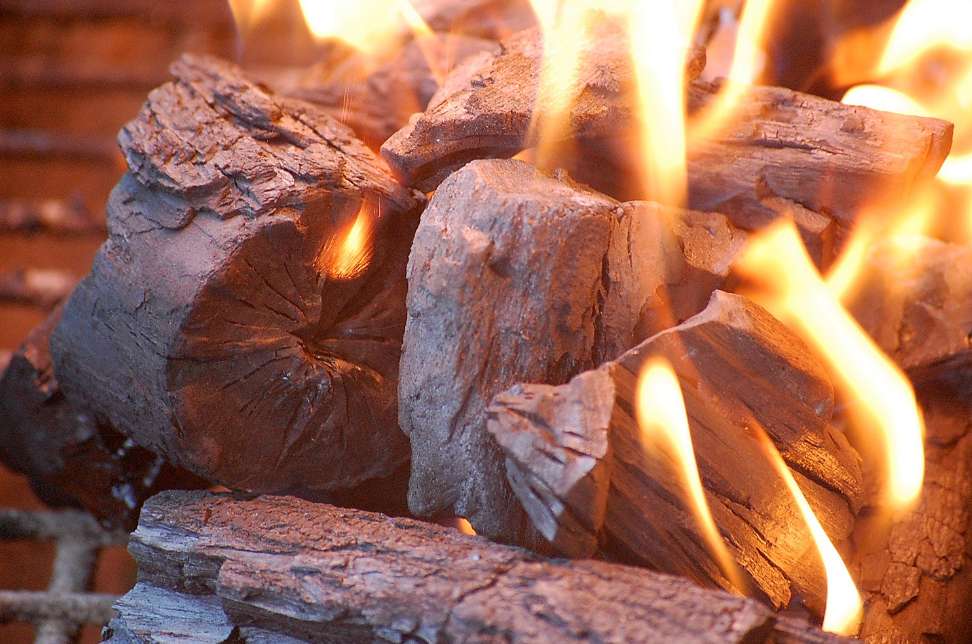
Quality Control and Testing
4.1 Ensuring Charcoal Quality
Consistency in charcoal quality is non-negotiable for a successful business. Implement stringent quality control measures, including moisture content testing, particle size analysis, and ensuring the absence of contaminants. High-quality charcoal will command a premium in the market. The charcoal produced by biochar equipment has good quality.
4.2 Product Certification
Obtaining relevant certifications, such as those related to sustainable forestry or organic production, can enhance the credibility of your business. Consumers are increasingly willing to pay more for products with a verified commitment to environmental responsibility.
Marketing and Branding Strategies
5.1 Building a Strong Brand
Craft a compelling brand story that highlights your commitment to sustainability, quality, and innovation. A strong brand identity will resonate with consumers and differentiate your wood to charcoal business from competitors.
5.2 Digital Presence and E-commerce
In the age of digital marketing, establishing a robust online presence is crucial. Develop a user-friendly website, engage in social media marketing, and consider e-commerce platforms to reach a broader audience.
5.3 Collaborations and Partnerships
Forge partnerships with retailers, chefs, and influencers in the culinary and eco-conscious communities. Collaborative efforts can amplify your brand’s visibility and create a positive association with key opinion leaders.
Economic Viability and Financial Planning
6.1 Cost Analysis
Conduct a thorough cost analysis, factoring in raw material costs, equipment depreciation, labor expenses, and overheads. Understanding your production costs is essential for setting competitive prices and ensuring profitability.
6.2 Pricing Strategies
Consider a dynamic pricing strategy that reflects market demand, production costs, and the value proposition of your product. Offering tiered pricing for different charcoal types or quantities can cater to a diverse customer base.
6.3 Financial Forecasting
Create a comprehensive financial forecast that accounts for both short-term and long-term goals. This should include revenue projections, expense estimates, and a break-even analysis. A well-thought-out financial plan will guide your business decisions and attract potential investors.
Challenges and Risk Mitigation
7.1 Environmental and Regulatory Risks
Stay informed about changing environmental regulations and be proactive in implementing sustainable practices. This not only mitigates regulatory risks but also positions your business as a responsible industry player.
7.2 Market Fluctuations
The charcoal market, like any other, is subject to fluctuations. Diversify your product offerings, explore new markets, and maintain flexibility in your production processes to adapt to changing consumer preferences.
7.3 Supply Chain Vulnerabilities
Ensure the resilience of your supply chain by developing strong relationships with wood suppliers and implementing contingency plans for potential disruptions. A robust and flexible supply chain is vital for maintaining production continuity.
Scaling Up and Innovation
8.1 Scaling Production
As your business grows, scalability becomes a crucial consideration. Evaluate your production capacity, invest in automation where feasible, and explore opportunities for expansion in both domestic and international markets.
8.2 Research and Development
Continuously invest in research and development to stay ahead of industry trends. Innovation in production processes, product formulations, or eco-friendly packaging can give your business a competitive edge.
Conclusion:
Transforming wood into charcoal is not just a business venture; it’s a commitment to sustainability and innovation. The journey from forest to flames is filled with challenges and opportunities, and success hinges on a combination of market understanding, efficient production, and strategic marketing. By adopting eco-friendly practices, ensuring high-quality products, and staying adaptable in the face of industry changes, your wood to charcoal business can not only thrive but also contribute positively to the environment and the economy. As the world seeks cleaner and more sustainable energy sources, the prospects for such a venture have never been brighter.
